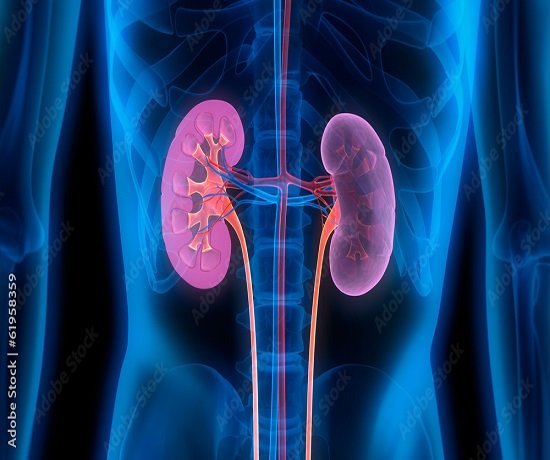
Intro: The development of new diabetes drugs continues to evolve, with ongoing research to improve efficacy and minimize side effects. Innovations in drug formulation and delivery methods are also being explored to enhance patient adherence to treatment regimens. As the understanding of diabetes and its complexities grows, healthcare providers are better equipped to tailor treatment plans that meet patients’ individual needs, ultimately leading to improved quality of life for those with diabetes.
1. A Unique Strategy for Kidney Health: The Possible Use of Diabetes Drugs
Diabetes is an extensive condition that can result in major complications like diabetic kidney disease. It’s not only about controlling blood sugar levels. But there is some optimism because a class of medicine called SGLT2 blocking agents is gaining attention due to its possible kidney-protective benefits.
2. Knowing the Function of SGLT2 These substances
Not all glucose regulators are the same as SGLT2 inhibitors. They help control type 2 diabetes, but they do so in a special way by encouraging the kidneys to eliminate extra glucose through urine. For people with diabetes and kidney issues, this mechanism is essential since it not only lowers blood sugar but also relieves the strain on the kidneys.

3. Innovative Programs at Osaka Metropolitan University.
Under the direction of associate professor Katsuhito the Mori, a group from Tokyo Metropolitan University is at the heart of this medical advancement. They have focused on the SGLT2 drug this compound and keep track of how it affects kidney oxygen supply, which is a critical component of kidney health. They have discovered that a drug can increase oxygen levels in the kidneys, indicating a preventive function against kidney disease, using LARGE MRI, a technique taken from brain imaging.
4. BOLD MRI: The Non-Invasive Revolution
The simple nature of BOLD MRI is what makes it so wonderful. BOLD MRI avoids the drawback of using conventional techniques, such as establishing microelectronic, on human participants. It’s innovative for displaying how our kidneys process oxygen, which could lead to new therapies and a better comprehension of kidney disease.
5. How Does Kidney Protection Relate to This?
The effects are profound. The way we treat diabetic kidney disease may change significantly if these drugs can increase kidney oxygenation. These days, it’s not only about managing diabetes; it’s also about actively protecting the kidneys, which gives us another effective weapon in our medical toolbox.

6. Beyond Blood Sugar: A Comprehensive Strategy for Diabetes Treatment
Adopting SGLT2 inhibitors may result in a more comprehensive strategy for managing diabetes that considers not only blood sugar levels but also the health of the entire body. By protecting the kidneys, we’re tackling one of the most serious side effects of diabetes and giving patients hope for their general health.




































